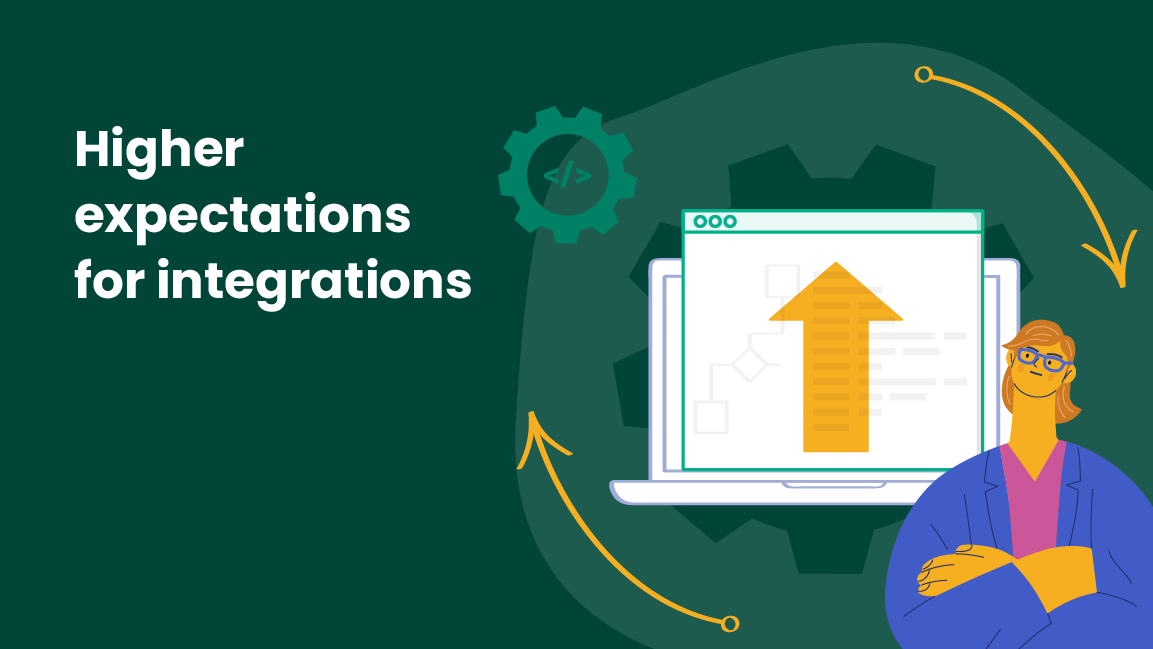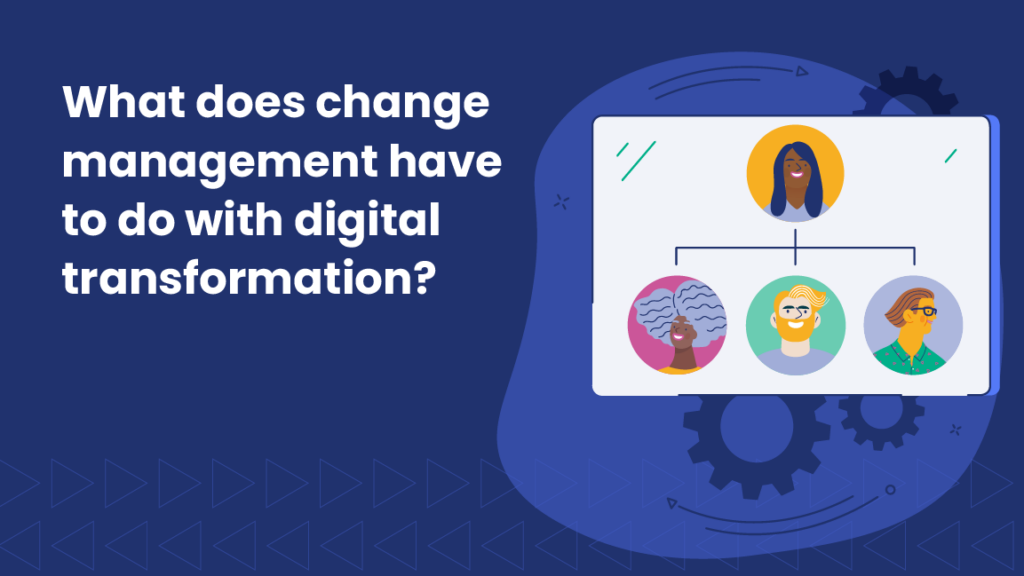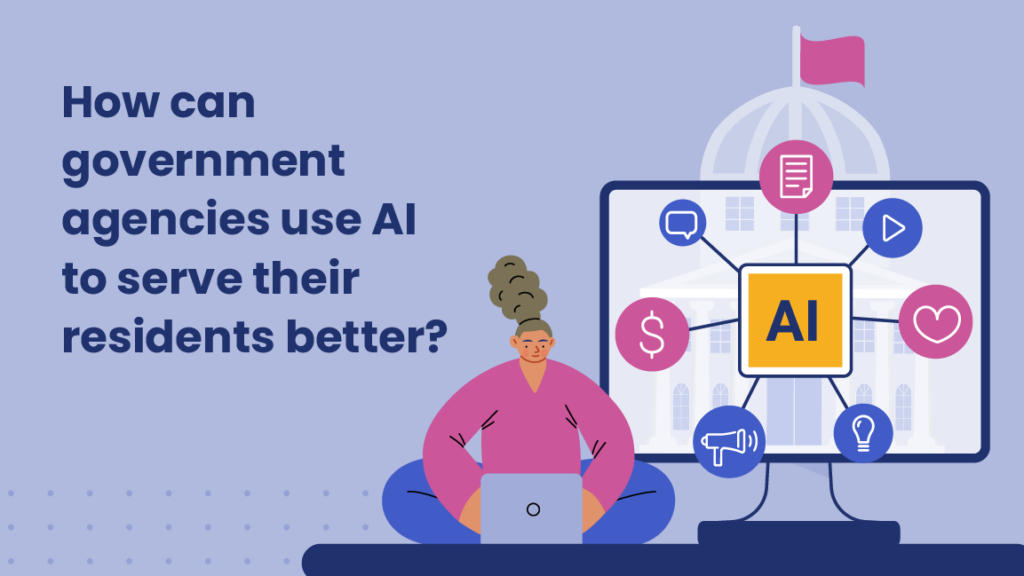It’s time to approach integrations with a can-do attitude

One of the most common challenges government agencies face is how to drive more service delivery to online channels. With numerous IT projects vying for constrained resources, the path to modernization can feel long, meandering, and, well, very uphill.
Separating modernization of the front-end consumer experience from back-office systems of record is one way to accelerate. This approach can improve resident experience quickly — without having to wait for longer-lead-time back-end upgrade projects. And when the front-end experience is intuitive for users, more residents will adopt digital channels, improving the operating efficiency of the agency, and shortening time to revenue.
Vendors should overcome hurdles, not create a roadblock
When there isn’t a near-term path to upgrade, it’s hard to imagine that a modern resident interface can readily exchange data with a system of record that went live ten or fifteen years ago. And for those agencies that do have a modern back-end system that doesn’t offer a satisfactory user interface, vendors often block progress instead of facilitating it.
The good news is that it is possible to integrate a front-end customer experience with virtually any back-end system — even when the systems have decades between them.
The bad news is that it’s not as straightforward as it should be.
Some vendors claim they own the data in certain systems and cannot integrate, or they claim that their technology is proprietary and thus prevents integration. Others are simply unwilling to cooperate with customers and other vendors to make it happen.
Compounding the problem is a lack of an open standard for government system interfaces: There is no common framework to connect different systems used by government agencies. Driving standardization hasn’t been prioritized, so vendors are incentivized to continue to build custom systems or simply refuse to cooperate.
Push for modernization — and standardization
Just like technology can break down walls, so must technology partners. Even if the system of record is on-prem, was installed during the Clinton administration, or provided by a vendor who refuses to integrate, consider this: The data contained in that system belongs to the government agency who deployed it — and it is their prerogative to import, export, and update that data to serve their community as efficiently and effectively as possible. Any technology vendor worth doing business with should jump at the chance to assist.
It’s time for public-sector leaders (in technology, procurement, and agency lines of business) to hold their vendors accountable to open interfaces among systems. This is the path to accelerate modernization, improve government efficiency, and achieve better outcomes for constituents and agencies.
Over time, as openness becomes the norm in GovTech, we hope to see leading GovTech vendors collaborate with public-sector leaders to drive industry-wide standardization of API connectivity. We expect state CIOs to increasingly advocate for this as part of their broader push to modernize resident-facing systems and for vendors to come to the table ready to work together to get the best outcomes for their customers and the people they serve.
Looking for more content?
Get articles and insights from our monthly newsletter.




